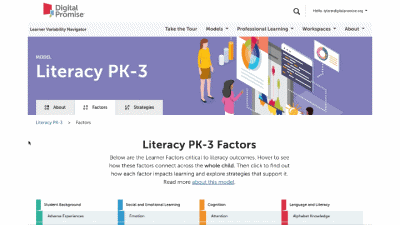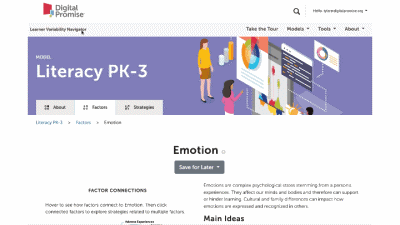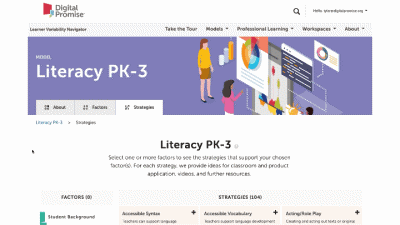Goal Setting & Monitoring
Overview
Setting overall goals, as well as smaller goals as steps to reaching them, encourages consistent, achievable progress and helps students feel confident in their skills and abilities.
When learners create math-focused goals, plan out steps to achieve them, and check their progress against these steps, they strengthen their self-efficacy as they build their capacity to successfully tackle difficult challenges.
Example: Use This Strategy In in the Classroom
Design It into Your Product
Factors Supported by this Strategy
More Metacognitive Supports Strategies
When students reframe negative thoughts and tell themselves kind self-statements, they practice positive self-talk.
Pre-assessments are tools or activities used before instruction begins to help educators understand what students already know, understand, or can do—and where they may need support.
Providing space and time for students to reflect is critical for moving what they have learned into Long-term Memory.








